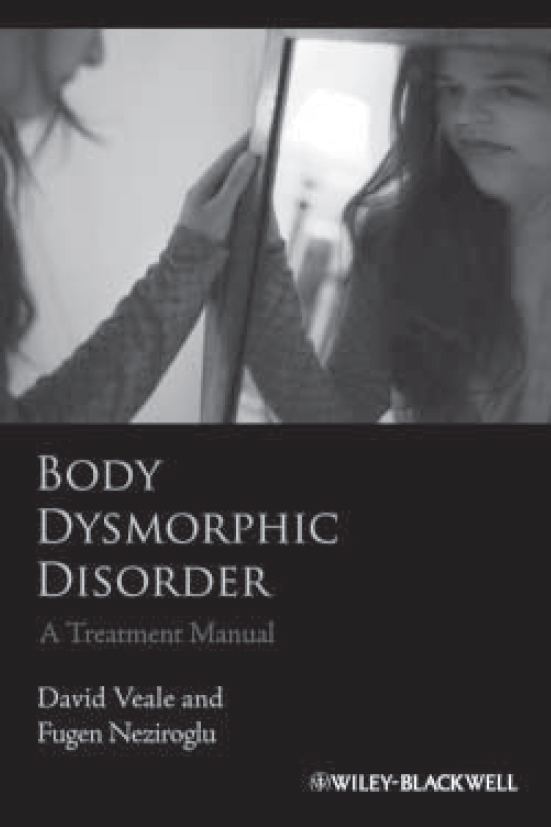
The National Institute for Health and Clinical Excellence published guidance on the treatment of both obsessive–compulsive and body dysmorphic disorders in 2006. Despite this, it is immediately apparent to anyone treating these disorders that knowledge and adherence to these guidelines is patchy and many individuals are inadequately treated. If the situation is poor with regard to treatment of obsessive–compulsive disorder, it is even more so with body dysmorphic disorder. This book can thus be seen as a welcome addition to the literature.
The book is divided into two distinct parts. The first part is a full description of the theoretical background, including various items such as neurobiological aspects of body dysmorphic disorder, a translation of an original excerpt by Morselli (1891), and acral lick dermatitis and serotonin reuptake inhibitors in dogs. The authors cite and present an extensive number of studies. The second part is a treatment manual, taking the reader step by step through various techniques including a standard history in body dysmorphic disorder, constructing a cognitive formulation and addressing difficulties in engagement. There are detailed verbatim examples of questions that may be asked by the therapist, as well as forms, diagrams and case vignettes. Self-report questionnaires and diagnostic interviews are provided in an appendix for practical use. Each chapter is well laid out, beginning with a summary and followed by a list of contents, which makes the text easy to use as a reference book. It is somewhat disappointing, therefore, that the final index is patchy and it is difficult to locate specific items.
There are a number of excellent features in this book, but also some shortcomings which could easily be ironed out in future editions. First, it is extremely wordy and repetitive, which is most marked in the first section. In parts it appears that sentences and paragraphs have been copied from earlier in the book. In addition, there are a number of errors and contradictions in the text. Also, the authors seem to put excessive detail into relatively small areas at the expense of others. For example, there is a chapter plus another section covering psychogenic excoriation and separate detailed sections on cosmetic phalloplasty and vaginoplasty, whereas psychopharmacological treatment is relegated to a short chapter and an extremely practical section in the treatment manual.
In summary, this is a timely publication which has many useful components and would be a helpful addition to any psychiatrist’s or therapist’s bookshelf. Our criticisms mainly relate to the first half of the book, which could be drastically cut and made into a more relevant reference section. Generally, however, this is a very positive addition to the bibliography which we would recommend to anyone interested in the subject.



eLetters
No eLetters have been published for this article.